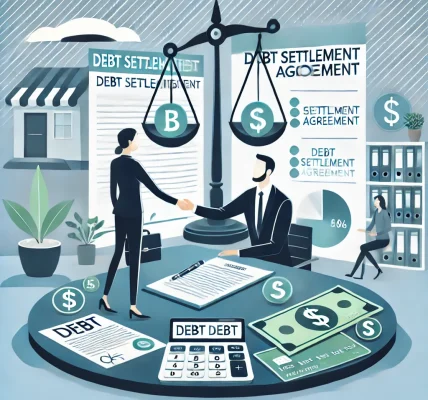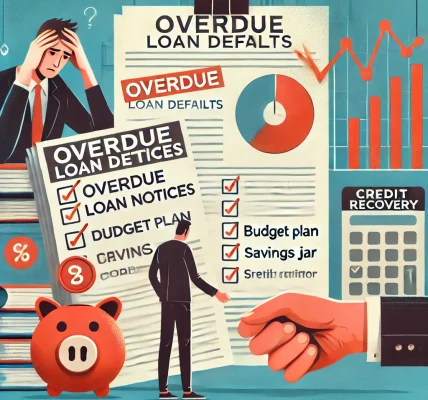Credit card debt can be overwhelming, especially when high interest rates make it difficult to pay down the balance. One potential solution that many people consider is a credit card balance transfer.
But is a balance transfer the right move for you? Will it actually help you save money and get out of debt faster? In this DIY guide, we will break down how credit card balance transfers work, their benefits and drawbacks, and how to use them wisely to improve your financial health.
1. What Is a Credit Card Balance Transfer?
A credit card balance transfer allows you to move an existing credit card debt to another credit card, usually one with a lower interest rate or an introductory 0% APR offer for a limited period.
How It Works:
- You apply for a balance transfer credit card (a credit card that offers balance transfer benefits).
- Once approved, you request to transfer your existing balance from a high-interest card to the new card.
- The new card issuer pays off your old balance, and now you owe the amount to the new card instead.
- You take advantage of the low or 0% APR period to pay down the debt faster.
Example Scenario:
- You owe $5,000 on a credit card with a 20% APR.
- You transfer this balance to a card offering 0% APR for 18 months.
- Without interest accumulating, you can pay off the balance faster and save hundreds in interest.
2. Pros of Credit Card Balance Transfers
A balance transfer can be a great tool if used correctly. Here are the key benefits:
a) Save Money on Interest
- The biggest advantage of a balance transfer is the chance to pay down debt without accumulating interest.
- With a 0% APR intro period, your payments go directly toward reducing your principal balance, not interest.
b) Pay Off Debt Faster
- Since you are not paying high interest rates, you can pay off your debt sooner.
- A well-planned repayment strategy can help you become debt-free before the promo period ends.
c) Consolidate Multiple Credit Card Debts
- If you have multiple credit card balances, a balance transfer can combine them into one payment.
- This simplifies debt management and ensures you stay on top of payments.
d) Improve Your Credit Score
- A balance transfer can improve your credit utilization ratio (the percentage of available credit you’re using).
- Lower utilization and on-time payments can boost your credit score over time.
3. Cons of Credit Card Balance Transfers
While balance transfers can be helpful, they are not always the best choice for everyone. Here are some downsides:
a) Balance Transfer Fees
- Most credit cards charge a balance transfer fee, usually 3% to 5% of the transferred amount.
- Example: If you transfer $5,000 with a 5% transfer fee, you will be charged $250.
b) Limited 0% APR Period
- The 0% APR period is temporary (typically 12-21 months).
- If you don’t pay off the full balance before it ends, you’ll start accruing interest at the regular APR.
c) High Interest After the Introductory Period
- Once the promo period ends, standard interest rates apply (often 15%-25% APR).
- If you still have a balance, you could end up in more debt than before.
d) Can Harm Your Credit Score (If Mismanaged)
- Applying for a new credit card results in a hard inquiry, which can slightly lower your credit score.
- If you close your old credit card, it can reduce your overall available credit, increasing your credit utilization.
e) Requires Discipline
- If you keep using your old credit card without paying off the transferred balance, you could double your debt instead of reducing it.
4. Is a Credit Card Balance Transfer Right for You?
A balance transfer is a smart move if: ✔ You have high-interest credit card debt and want to save money on interest.
✔ You are confident you can pay off the balance before the 0% APR expires.
✔ You have good to excellent credit (typically 670+ score) to qualify for the best offers.
✔ You understand the balance transfer fees and are comfortable with them.
✔ You won’t use your old credit card to accumulate more debt.
A balance transfer may not be a good idea if: ✖ You cannot pay off the transferred balance before the intro APR expires.
✖ You have bad credit (below 670) and can’t qualify for a low APR balance transfer card.
✖ The balance transfer fee outweighs the savings from lower interest.
✖ You plan to continue using credit irresponsibly, leading to more debt.
5. How to Successfully Use a Credit Card Balance Transfer
If you decide that a balance transfer is right for you, follow these best practices:
a) Choose the Right Balance Transfer Card
- Look for a card with: ✅ A 0% APR period of at least 12-18 months.
✅ A low (or no) balance transfer fee.
✅ A low regular APR after the promo period ends.
b) Pay Off the Balance Before the Promo Period Ends
- Divide your balance by the number of months in the 0% APR period and set that as your monthly payment goal.
- Example: If you transfer $6,000 with 0% APR for 18 months, aim to pay at least $333/month.
c) Avoid New Purchases on the Balance Transfer Card
- Some balance transfer cards do not offer 0% APR on new purchases.
- If you make purchases, you might accumulate high-interest debt again.
d) Keep Your Old Credit Card Open
- If possible, do not close your old credit card after transferring the balance.
- Keeping it open maintains your credit utilization ratio and credit history.
e) Set Up Automatic Payments
- Missed payments can void your 0% APR and lead to penalty interest rates.
- Automate payments to ensure you never miss a due date.
6. Alternatives to Balance Transfers
If a balance transfer doesn’t seem right for you, consider these alternative debt solutions:
a) Debt Consolidation Loan
- A personal loan with a fixed interest rate to pay off credit card debt.
b) Debt Snowball or Avalanche Method
- Focus on paying off smaller debts first (snowball) or higher-interest debts first (avalanche).
c) Credit Counseling
- Work with a nonprofit credit counseling agency for debt management plans.
d) Negotiating with Creditors
- Call your credit card company to request a lower interest rate.
Conclusion: Is a Balance Transfer a Smart Debt Solution?
A credit card balance transfer can be a powerful tool for paying off high-interest debt—if used correctly. It provides temporary relief by lowering interest costs, allowing you to pay off your debt faster.
However, a balance transfer is not a magic solution. It requires discipline, financial planning, and responsible credit use. If you fail to pay off your balance before the promo period ends, you may end up in more debt than before.




